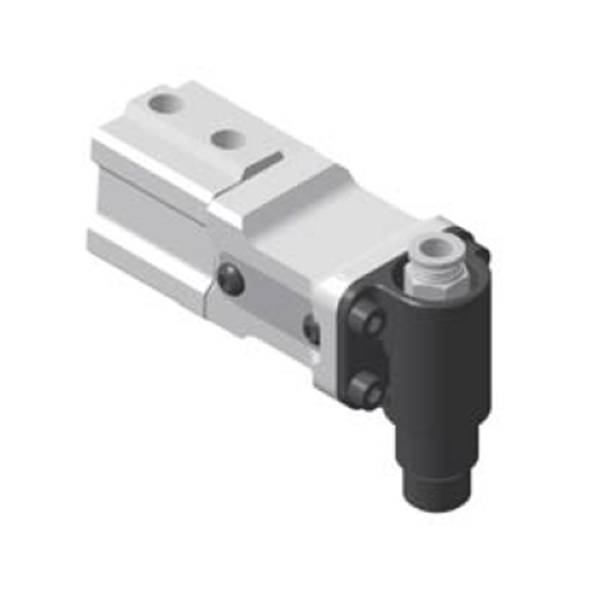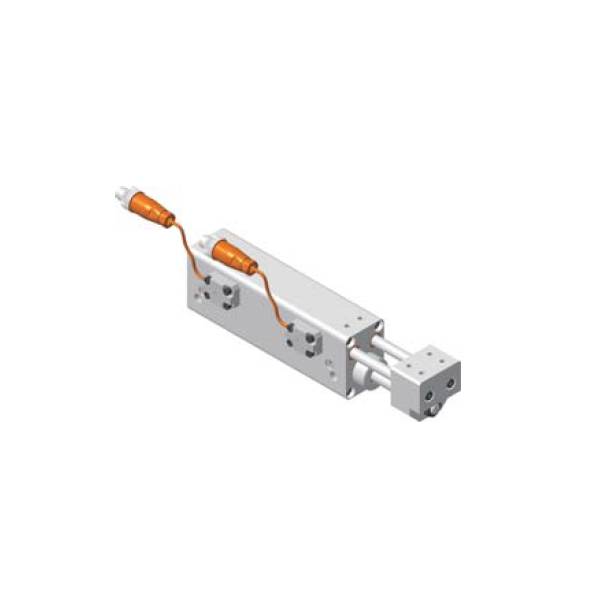Robotic automation is experiencing rapid evolution, driven by technological advancements and industry needs. This evolution is characterized by several key trends:
- Collaborative Robotics (Cobots): The integration of cobots in workplaces is becoming more prevalent. These robots are designed to work alongside humans safely, enhancing productivity and efficiency.
- Artificial Intelligence and Machine Learning: AI and machine learning are increasingly being integrated into robotic systems. This allows robots to learn from their experiences, improve over time, and make more autonomous decisions.
- Internet of Things (IoT) Connectivity: Robots are being connected to the IoT, enabling them to communicate with other devices and systems. This connectivity allows for more coordinated and efficient operations, as well as better data collection and analysis.
- Enhanced Mobility: Robots are gaining advanced mobility, with developments in walking, climbing, and flying robots. This allows them to be used in a wider range of environments and applications.
- Customization and Flexibility: As industries seek more specialized solutions, the demand for customized and flexible robotic systems is growing. This trend is driving innovation in robot design, allowing for more tailored applications.
- Sustainability and Green Automation: There is an increasing focus on developing sustainable and environmentally friendly robotic solutions. This includes energy-efficient designs and the use of recycled or sustainable materials.
- Human-Machine Interface (HMI) Advancements: Improvements in HMI are making it easier for humans to interact with and control robots. This includes the use of voice commands, gesture control, and more intuitive interfaces.
- Robotic Process Automation (RPA): RPA is gaining traction in various industries for automating routine tasks, which increases efficiency and reduces the potential for human error.
See new our robot arms
Get to know now our products
- Augmented Reality (AR) and Virtual Reality (VR) in Training and Simulation: AR and VR are being used to train robotic systems and simulate environments for better planning and execution of tasks.
- Ethical and Regulatory Developments: As robotics becomes more integrated into society, ethical considerations and regulatory frameworks are being developed to address issues like privacy, safety, and the impact on employment.
These trends highlight the dynamic nature of robotic automation, indicating a future where robots are more intelligent, versatile, and integral to various industries.






